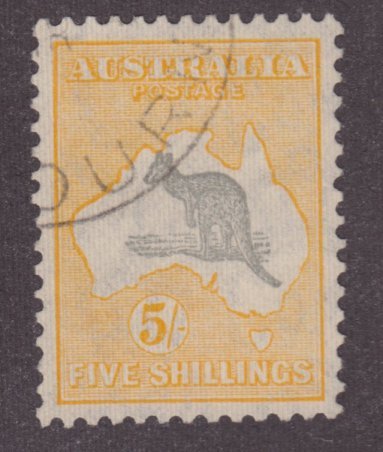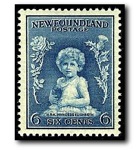
Discussion - Member to Member Sales - Research Center

Discussion - Member to Member Sales - Research Center

For example, I have a old album page full of Transvaal I am processing I think would be quicker and the stamps would look better if I just soaked the whole thing and then flattened and dried the stamps.
Thanks,
Josh

Login to Like
this post
It's not really called "fugitive ink". There is a term called "fugitive tagging" that was the tagging applied on some Canadian stamps. When soaked, the phosphorescent tagging can release from the stamp from where it was applied and move to another stamp that might be soaking at the same time as the tagged stamp.
What you are referring to are the aniline inks and other water soluble inks. These inks simply dissolve in water and do not move to other stamps. Both Scott and Gibbons note the aniline inks and provide warnings for those and for other stamps that were printed on water soluble inks.

Login to Like
this post

09:44:55am
But most collectors only discover the warnings after they find some perforated, possibly watermarked, blank canceled labels as they dry off their pretty pieces of paper. That is when they open the books and try to figure out what happened.

Login to Like
this post
Apparently fugitive inks do exist: This is a definition I found in the Ask Phil glossary:
an ink that dissolves or disintegrates in water; used in the production of some stamps to prevent forgery and make it impossible for re-use; some stamps or Netherlands Indies are printed entirely with water soluble fugitive inks.
If I recall correctly from when I collected Canada, washing isn't "necessary" to contaminate other stamps. Fugitive taggants easily migrate to other stamps that are stored with them in glassines or onto album pages. Using stamp mounts rather than hinges prevents such migration in albums.
Bob

Login to Like
this post

Does anyone know any easy way to know if a stamp has fugitive ink or not? Is there a list somewhere, or can I count on there to be a footnote in Scott or Gibbons? I know I would have to avoid some of the early GB and I think anything listed as chalky paper.
For example, I have a old album page full of Transvaal I am processing I think would be quicker and the stamps would look better if I just soaked the whole thing and then flattened and dried the stamps.
Thanks,
Josh

Login to Like
this post

re: Identifying Fugitive Ink and taggant...and a warning
It's not really called "fugitive ink". There is a term called "fugitive tagging" that was the tagging applied on some Canadian stamps. When soaked, the phosphorescent tagging can release from the stamp from where it was applied and move to another stamp that might be soaking at the same time as the tagged stamp.
What you are referring to are the aniline inks and other water soluble inks. These inks simply dissolve in water and do not move to other stamps. Both Scott and Gibbons note the aniline inks and provide warnings for those and for other stamps that were printed on water soluble inks.

Login to Like
this post
Silence in the face of adversity is the father of complicity and collusion, the first cousins of conspiracy..
10 Apr 2011
09:44:55am
re: Identifying Fugitive Ink and taggant...and a warning
But most collectors only discover the warnings after they find some perforated, possibly watermarked, blank canceled labels as they dry off their pretty pieces of paper. That is when they open the books and try to figure out what happened.

Login to Like
this post

re: Identifying Fugitive Ink and taggant...and a warning
Apparently fugitive inks do exist: This is a definition I found in the Ask Phil glossary:
an ink that dissolves or disintegrates in water; used in the production of some stamps to prevent forgery and make it impossible for re-use; some stamps or Netherlands Indies are printed entirely with water soluble fugitive inks.
If I recall correctly from when I collected Canada, washing isn't "necessary" to contaminate other stamps. Fugitive taggants easily migrate to other stamps that are stored with them in glassines or onto album pages. Using stamp mounts rather than hinges prevents such migration in albums.
Bob

Login to Like
this post

